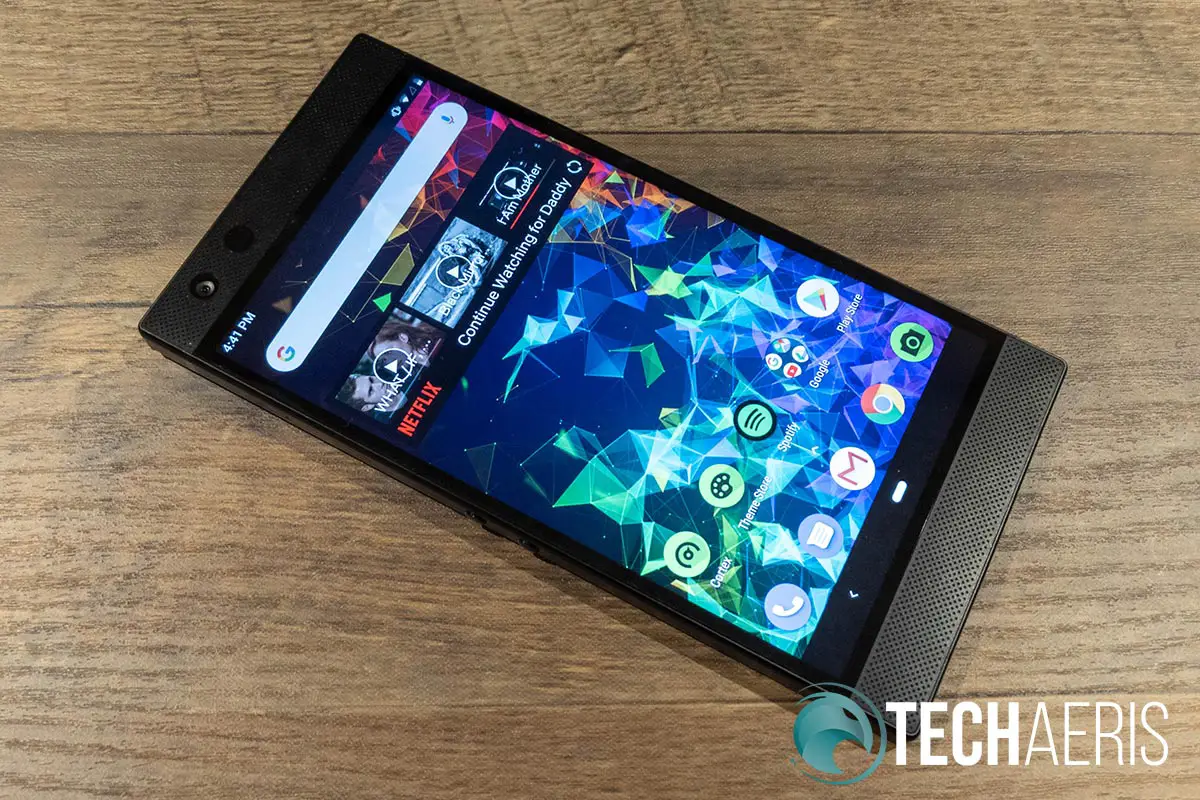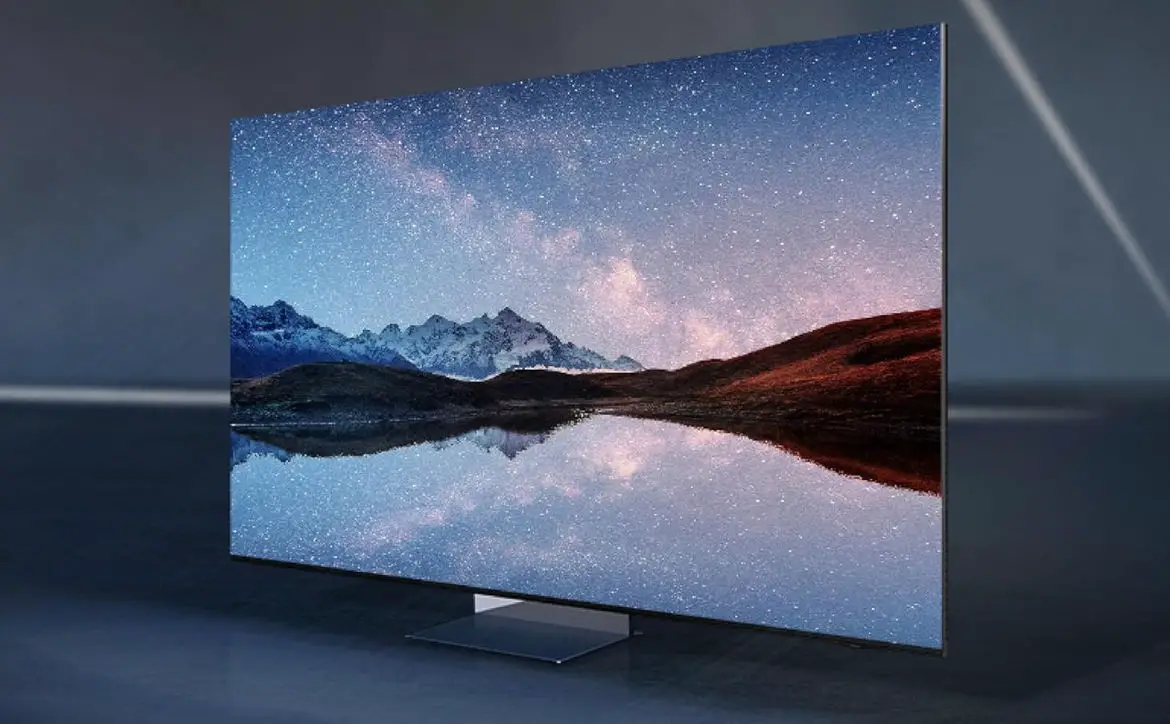In recent months, some companies have released handheld “consoles.” I use the term consoles lightly here because of either the design or the specs. Let’s take a look at what’s currently available and how you can make your own for a fraction of the cost, especially if you have a spare smartphone kicking around.
Estimated reading time: 9 minutes
Table of contents
Handheld consoles and alternatives
While there are true handheld consoles like the Nintendo Switch and the Steam Deck which allow for the actual installation and playing of larger-scale games, others offer a scaled-back approach. Not to say one type of gaming is better than another, but being able to play PC-style games on the go without having to worry about being connected to a network of some sort is definitely a huge bonus. However, not everyone wants or can afford one of these devices and that’s where the cloud gaming-oriented handheld “consoles” come into play. Especially when an Xbox Game Pass subscription, for example, costs a fraction of the cost of a full game but includes hundreds of titles you can stream on the go.
The Logitech G Cloud, on one hand, primarily focuses on cloud game streaming but can also support Android gaming and video streaming. However, it is Wi-Fi only. Something like the Razer Edge, on the other hand, comes in two flavours, one Wi-Fi only, and the other 5G (exclusive to Verizon). Like the Logitech G Cloud, it supports cloud game streaming and Android gaming. However, at the end of the day, it is just a larger-sized “smartphone” without the phone capabilities and an updated Razer Kishi V2 controller attachment. It’s this format that leads to this article. If you have an old smartphone laying around or pick up an affordable smartphone, you can easily make your own handheld “console” for a fraction of the cost of either of these.
Sure, you can pick up a mobile controller and use your existing phone, but then you’re draining the battery on your daily driver, or potentially getting interrupted mid-game by an incoming phone call or text message.
What phone to use?
Being a reviewer, I do have a number of phones just kicking around. At first, I was going to use a RedMagic phone due to its cooling but then I remembered I still had a Razer Phone 2 kicking around (thanks Alex!). As it’s also slightly older, I thought it would be a good test for recycling it into an Xbox Cloud Gaming handheld console. If you don’t have an extra phone laying around, you can even pick up something like the Moto G Stylus 5G for under $180.
On that note, any phone with Bluetooth will work with Bluetooth-enabled split controllers, but I prefer the USB-C split controllers so in that case, you’ll need one with a bottom USB-C port. The Razer Phone 2 is another solid choice as it has two front-facing speakers with Dolby Atmos support, one along the top and one on the bottom, which when used in landscape mode make for great audio. The 5.72-inch IGZO 2560×1440 display with 120Hz refresh rate and 16:9 aspect ratio makes it a great device for this as well. Newer phones have wider aspect ratios and I often find this causes black bars on the right and left side of the phone while playing most games, resulting in a less immersive experience.
While it only has 64GB of storage, if you do want to install and play Android games on it, it does have a micro SD slot and you can add up to another terabyte of storage on it. An older device, it sports a Qualcomm Snapdragon 845 CPU but it also has Vapor Chamber Cooling which should help keep it cool during longer gaming sessions. When it comes to cloud gaming, however, a high-end CPU isn’t critical.

While we’re dealing with Android smartphones here, you can also use an iPhone as there are mobile game controllers, like the Razer Kishi V2 for iPhone, available as well.
Prepping your device
However, with an older phone, there can be some security risks. The Razer Phone 2 is running Android 9 and the last security update is the February 2021 update. The first thing I did was make sure it was up to date, which it was. Next, I uninstalled or disabled every app that isn’t needed for gaming, including Chrome and Gmail.
By disabling and limiting the applications on the device, you’ll be closing off unused avenues of potential security exploits, including opening attachments or clicking on malicious links from emails. If you’re sticking to cloud gaming, you should be pretty secure. If you do want to toss some Android gaming into the mix, be sure to only install your games from reputable sources and you should also be relatively safe from malware or viruses.
Choosing a controller
There is no shortage of mobile controllers out there. They include everything from full-sized controllers to split controllers. Personally, I prefer the split controller variety as it is a bit slimmer and can be easier to carry around when not in use. My top three favourites are:
- Razer Kishi V2: Near-perfect USB-C with passthrough charging means you never have to remove the phone to charge it. Lowest latency as well due to having a direct USB-C connection with your smartphone.
- PowerA MOGA XP7-X Plus: Bluetooth, more full-sized controller style, but includes a wireless charging bank if your smartphone supports wireless charging. Also supports wired mode, has a stand mode, and most phones will fit with a case.
- GameSir X2: Bluetooth only, but comes with a carrying case that you *should* be able to fit your phone into as well. In addition, you can leave the case on your phone for use with this one.
At the end of the day, I picked the Razer Kishi V2 just because I like its performance the best, plus it has passthrough USB-C charging. Other key features include:
- Console-Quality Controls: with microswitch buttons and d-pad, analog triggers, and programmable multifunction buttons
- Universal Fit with Extendable Bridge: for seamless compatibility with almost any Android phone
- Stream PC and Console Games: go beyond mobile gaming
- Optimized for Maximum Performance: with ultra-low latency gameplay and passthrough charging
- Ergonomic Design: for a comfortable grip in a portable form factor
- Powered by the Razer Nexus app: for instant game discovery and management
- Two analog thumbsticks with clickable buttons (L3/R3)
- One mechanical D-pad
- ABXY face buttons
- Two triggers (L2/R2)
- Two bumpers (L1/R1)
- Two programmable multifunction buttons (M1/M2)
- Menu and Options buttons (labelled Start and Select in some games)
- Share button (requires Razer Nexus)
As you can see, it’s a pretty solid choice for mobile gaming on the go.
The end result
All said and done, I had no issues playing newer games like Call of Duty: Mobile or Diablo Immortal using an older phone like the Razer Phone 2. Even though it has an older chip in it, the Snapdragon 845 still holds up fine to this day. On that note, sure there are much newer, faster chips but when it comes to mobile gaming on Android, many popular games run decently on a wide variety of chips due to the variety of Android smartphones on the market today.
When it comes to cloud gaming through Xbox Game Pass, this Razer Phone 2/Razer Kishi V2 setup worked just as well as the Kishi V2 does with newer phones like the Pixel 7 or Redmagic 7 Pro. If cloud game streaming is your goal here, whatever device you use really is just going to be a dumb display so it boils down to the screen quality and resolution. In this case, I encountered no screen tearing or jaggies with the 120Hz 2560×1440 IGZO LCD display, regardless of the game I played. The phone also felt cool even after playing an hour of Forza Horizon 5.
In addition, the upward front-firing speakers definitely added to the experience. While not as good as a Bluetooth headset, the fact they’re not at the bottom of the phone, they’re not covered by the right side of the controller so you don’t have to worry about the audio being muffled as you may on other devices.
Finally, the passthrough charging is fantastic for when I drained the battery on it. Depending on the games I was playing, I could get up to around four hours of playtime before I had to recharge the phone. All I had to do was plug a USB-C cable into the controller and after a couple of hours, the phone was fully charged and ready to go again.
So, while it’s not an official Razer Edge WiFi or 5G, upcycling an old phone like the Razer Phone 2 or picking up a lower-budget new phone with 5G, you can get pretty close on your own. Again, while you can pick up a mobile controller and use your existing phone, you’d be draining the battery on your daily driver, or potentially getting interrupted mid-game by an incoming phone call or text message. Not to mention, it’s nice to have a “dedicated” mobile/cloud gaming device.
Now to find a case that will fit this… 😜.
The final cost
If you have an old smartphone kicking around, you’re out anywhere from as low as $30 depending on what mobile controller you get. If you don’t, as mentioned above, you can easily find something suitable and be all in for under $250, which is cheaper than any of the handheld “consoles” currently available.
While this setup is great for gaming at home or where you have Wi-Fi, you can easily game while on the go as well. Simply tether it via the hotspot feature on the smartphone you use daily and you’re good to go!
Do you have old smartphones kicking around that you’re not using? Are you going to try using it as a handheld mobile gaming console? If you have any tips or tricks to add, let us know on social media by using the buttons below.
In some of our articles and especially in our reviews, you will find Amazon or other affiliate links. As Amazon Associates, we earn from qualifying purchases. Any other purchases you make through these links often result in a small amount being earned for the site and/or our writers. Techaeris often covers brand press releases. Doing this does not constitute an endorsement of any product or service by Techaeris. We provide the press release information for our audience to be informed and make their own decision on a purchase or not. Only our reviews are an endorsement or lack thereof. For more information, you can read our full disclaimer.
Last Updated on March 13, 2024.













